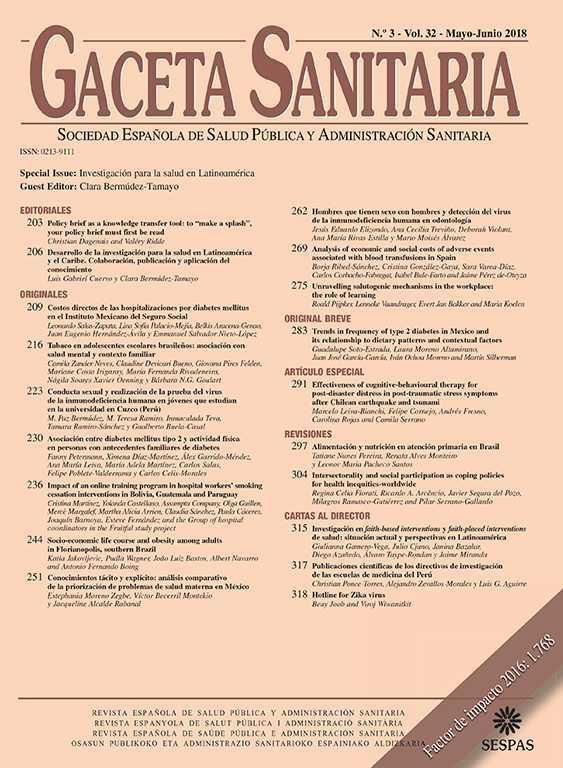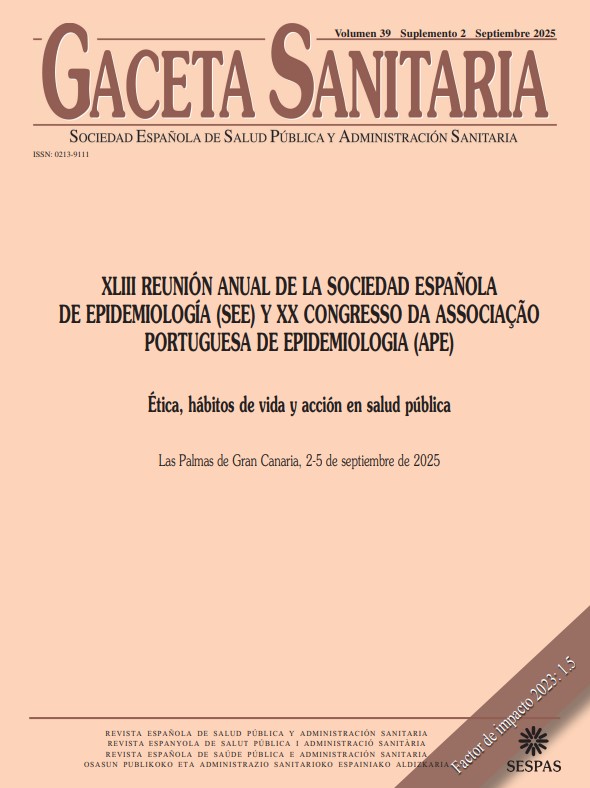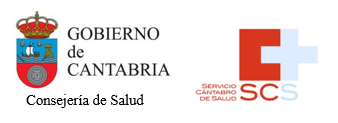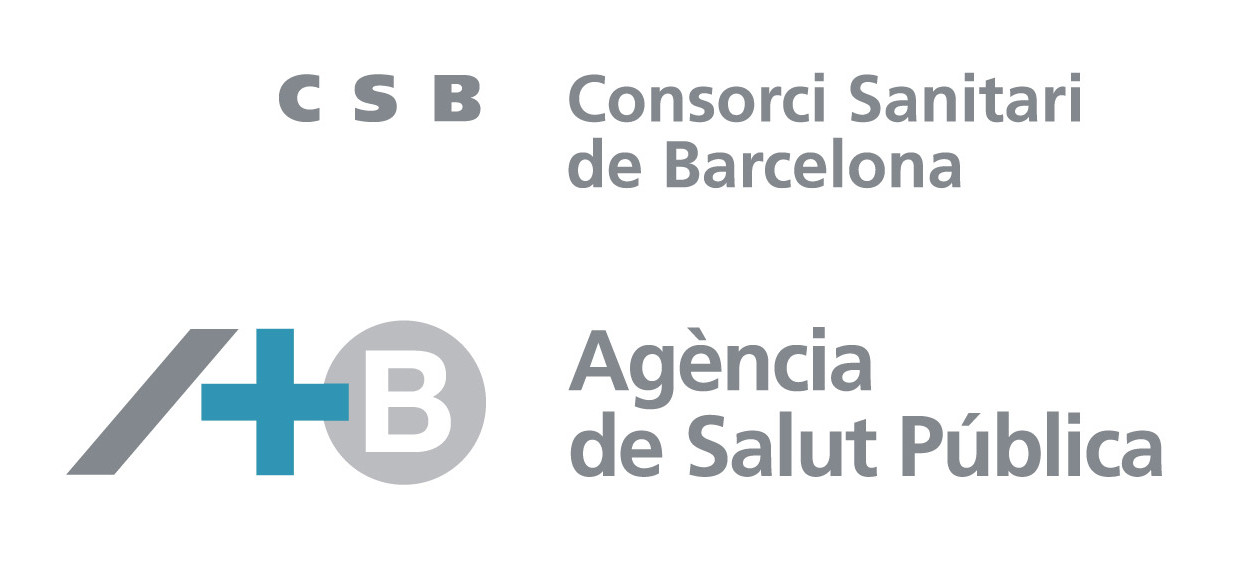398 - LIVESTOCK-RELATED MICROBIAL AIR POLLUTION EXPOSURE AND COVID-19 OUTCOMES: A NATIONWIDE STUDY IN THE NETHERLANDS
Institute for Risk Assessment Sciences (IRAS), Utrecht University, Utrecht, the Netherlands; National Institute for Public Health and the Environment (RIVM) Bilthoven, The Netherlands.
Background/Objectives: Effects of ambient air pollution on COVID-19 have been reported globally. Our earlier multi-pollutant analyses indicated livestock-related particulate matter (PM) to be in particular relevant for increased COVID-19 incidence and severity in the Netherlands (Zorn et al. and Simões et al.). This study examines whether residential exposure to microbial emissions from livestock farming contributes to these associations.
Methods: We estimated exposure to livestock farming emitted endotoxin, a potent microbiological toxin, in PM10 fraction for all Dutch residential addresses in 2020 by implementing advanced Gaussian dispersion modelling. Re-using the study populations from our previous studies, we assigned endotoxin exposure to each individual. In cohort analyses (8.3 million persons), we used interval-censored survival models to investigate SARS-CoV-2 infection and COVID-19 hospitalization risks. In a test-negative case-control analysis (1.7 million tests), we compared test-positive to test-negative individuals with respiratory symptoms using mixed-effects logistic regression. Both analyses were adjusted for individual and area-specific factors, including SARS-CoV-2 circulation.
Results: Residential exposure to endotoxin was associated with increased COVID-19 incidence (HR = 1.131 (1.076, 1.188) and OR = 1.163 (1.015, 1.332)) and increased severity (HR = 1.327 (1.154, 1.527)). These associations have greater magnitude than the HR/OR previously obtained for livestock-related PM10 and remained after co-pollutant adjustment for PM10, PM2.5 and NO2. While endotoxin from pig farming was especially important to infection risk, both pig and poultry-related endotoxin exposure were important to COVID-19 severity.
Conclusions/Recommendations: Our findings highlight the impact of air pollution on the burden of respiratory infections, emphasizing the role of livestock-related microbial air pollution alongside physicochemical pollutants. Given the large populations in less urbanized areas, public health effects of livestock emissions require greater attention.
Funding: Dutch Ministry of Public Health, Welfare and Sport, Dutch Ministry of Agriculture, Nature and Food Quality, Dutch Ministry of Infrastructure and Water Management.















